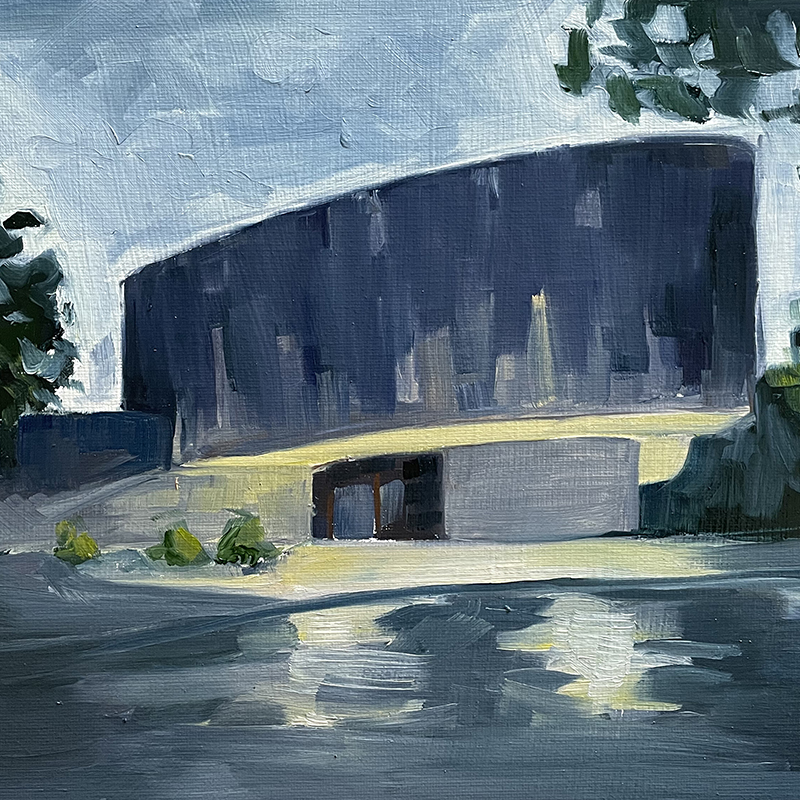Jay Rummell (American, 1939-1998)
Born in 1939 in the Prickly Pear Valley north of Helena, Rummel was influenced by many movements and traditions which touch Montana artists: Depression-era prints, American Indian and pioneer storytelling, the paintings of Charlie Russell, 1960's psychedelic posters, folk music and art movements, such as Abstract Expressionism. Before college, Rummel worked at the Montana Historical Museum with K. Ross Toole and at the Archie Bray Foundation with Rudy Autio and Peter Voulkos. He then studied ceramics at the University of Montana, again under Autio, before spending nine years as a production potter in the Los Angeles area and a mold-maker in Sausalito.
Prior to returning to Montana in 1976, Rummel exhibited his artwork at the Everson Museum in Syracuse, New York; Scripps College in Claremont, California; and the Smithsonian Museum in Washington D.C. Rummel's work significantly extended the focus and mannerism of the art of the American West. To the traditions of western artists such as Remington, Russell, Paxson and Sharp, Rummel added a personal psychic and spiritual involvement with history, myth and folklore. The result is a mature, contemporary vision of Montana accompanied by a strong narrative of allegory and parable. Rummel's art is in part influenced by his love for and practice of folk music. In the same way that abstract expressionists were influenced by jazz, he wrote, 'I feel a direct relationship between folk/country music and the narrative direction of my visual art.' Rummel describes his work as "flowing narrative of [the] history and legends of a people, their relationship to a locale, in effect, a visual folk song." Rummel lived and worked in Missoula, Montana and was the subject of a retrospective that was being planned by the Missoula Art Museum just prior to his death in 1998.
